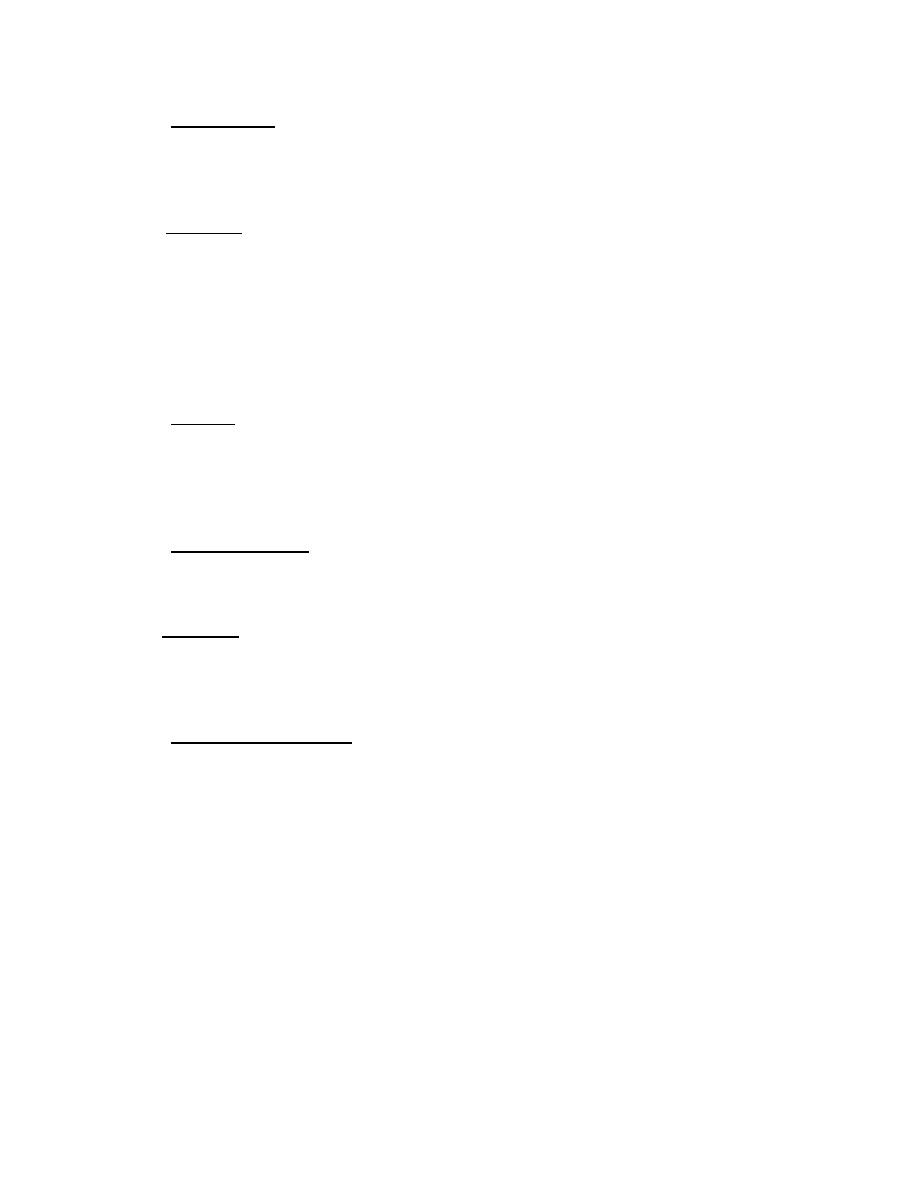

Custom Search
|
|

|
||
 14.2.10 Housekeeping
The lift and surrounding area should be kept clean. Build-up of lint, dirt lubricants and trash
in pits (if applicable) on yokes, brackets and rails presents a serious fire hazard.
14.2.11 Cylinders
Below ground cylinders or buried piping to direct-plunger lifts cannot be visually inspected.
The cylinder head and its fastenings should be examined for defects or corrosion. The packing
should be examined for excessive leakage. Determine that means are provided to collect any
leakage. If provision is made to return leakage to the reservoir, the operation of this device
should be checked. If cylinders are the movable type, rollers and guide rails should be checked
for ease of movement and excessive wear.
14.2.12 Plungers
Examine the plunger for any pitting, scoring, excessive wear, or corrosion of metal.
Determine if there is any evidence of excessive play of the plunger in the cylinder indicating
excessive wear of the plunger guides.
14.2.13 Plunger Fastenings
Examine the fastenings of the plunger to the lift platform or yoke structure.
14.2.14 Oil Lines
The oil supply line between the cylinder and the control valve should be checked for freedom
from corrosion, leaks, excessive vibration, and adequate support.
14.2.15 Drifting Of Lift Platform
Drifting of a hydraulic lift may be an indication of a potentially hazardous situation and should
be carefully investigated to determine the cause of the drifting. This information is necessary so
that a decision can be made as to whether it is safe to allow the lift to continue in service.
Cylinders that cannot be inspected visually should be tested in the following manner with no load
on the lift. Locate and mark the location of the lift to a convenient position. open the disconnect
switch for 15 minutes. Note the position of the car platform with respect to the reference mark.
A change in lift position that cannot be accounted for by visible oil leakage or temperature
change of the oil indicates a leak of the cylinder or in the underground piping and a need for
further inspection, tests, or repairs.
14-9
|
 |
|
 |
||